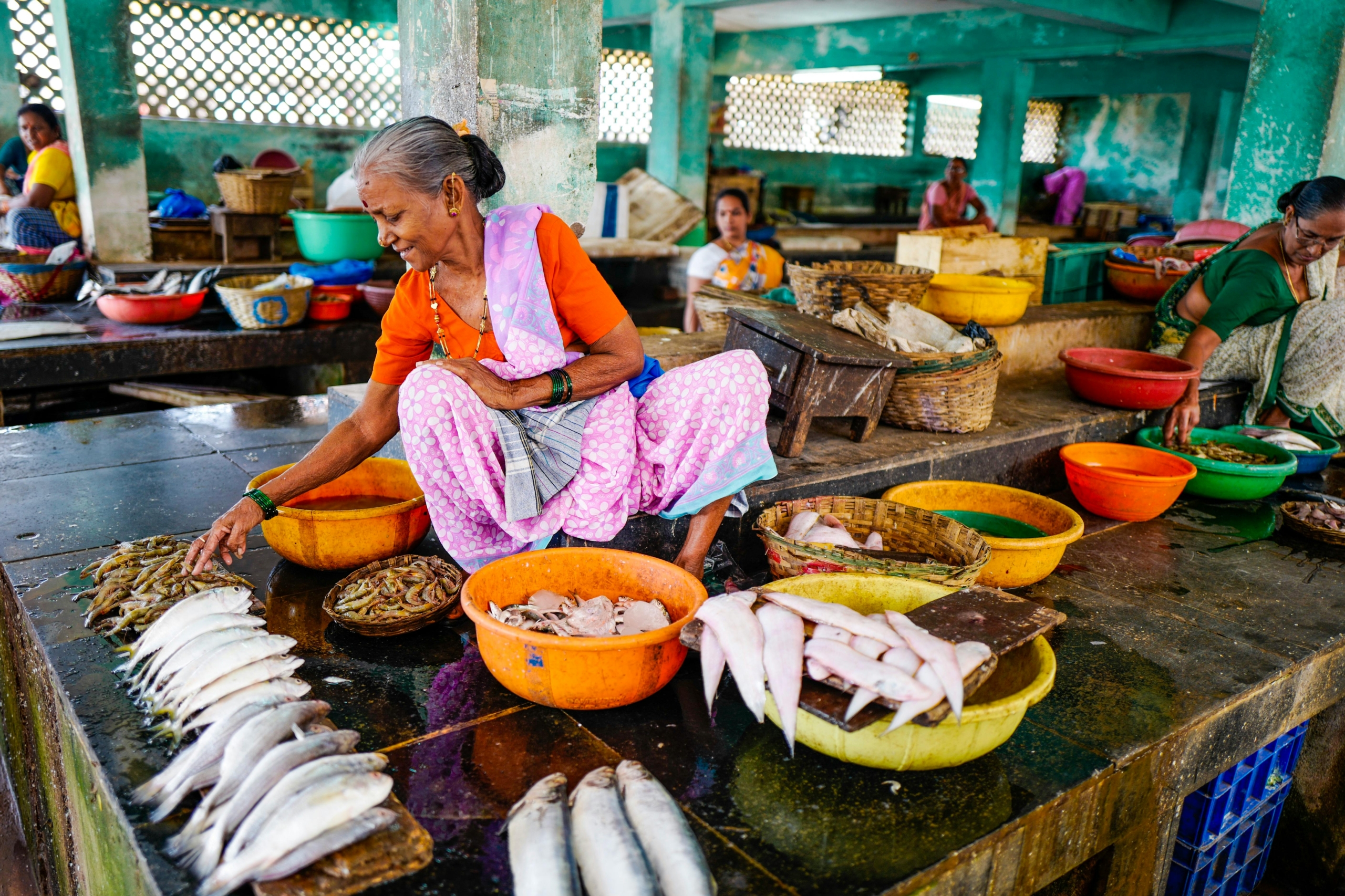India’s Journey: Emerging as a Global Economic Powerhouse
 In recent years, India has emerged as a global economic powerhouse, displaying remarkable economic progress that has positively impacted both extreme and non-monetary poverty. This is evident in the poverty decline over the years. In 2022, India witnessed a substantial reduction in its Multidimensional Poverty Index (MPI) rate, dropping from 55.1% to 16.4% in 15 years. Several critical factors influence this decrease in poverty and the improvement of the global economic outlook.
In recent years, India has emerged as a global economic powerhouse, displaying remarkable economic progress that has positively impacted both extreme and non-monetary poverty. This is evident in the poverty decline over the years. In 2022, India witnessed a substantial reduction in its Multidimensional Poverty Index (MPI) rate, dropping from 55.1% to 16.4% in 15 years. Several critical factors influence this decrease in poverty and the improvement of the global economic outlook.
India’s Growing Middle Class
The middle class in every country plays a pivotal role in shaping its economic outlook. India’s middle class is the fastest-growing demographic group in India, as it has witnessed a significant growth rate of 6.3% annually from 1995 to 2021.
Currently, the middle class makes up 31% of the population and projections indicate that this percentage will increase to 38% by 2031 and to 60% by 2047. The increase in the middle class has been one of the determining factors behind India’s growing success as a global economic powerhouse, as it leads to an increment in consumption and human capital for innovation.
IT Services and Digital Transformation
India’s IT services and digital transformation have propelled its position as a major player globally. India’s technology industry is a powerhouse driving the country’s global economy, job market and overall growth. In the fiscal year 2022, its revenue surpassed $200 billion. The COVID-19 pandemic has accelerated India’s digital progress, leading to a surge in internet users and a shift toward online services, including education and food delivery. As a result, India’s digital economy, comprising online businesses and services, is projected to reach a worth of $1 trillion by 2030.
Digital transformation is important for big companies and also smaller ones. Businesses are realizing they need to embrace technology to survive and grow. India is exploring exciting possibilities, like using artificial intelligence (AI) to improve internet access and digital services for everyone, even in rural areas. It is investing in innovations like AI to solve big challenges. While it is still early, the potential is huge for transforming India’s society and global economy for the better.
India’s Agricultural Landscape
The agriculture sector, a vital component of India’s economy, contributes significantly to the country’s gross domestic product (GDP) and employment. In the past years, it has experienced robust growth, accounting for 18.8% of the Gross Value Added (GVA) in 2021-22. Growth in allied sectors like livestock, dairying and fisheries has been the primary driver of this expansion.
Indian agriculture is now consumption-driven rather than population-driven, with farmers displaying diverse skills and small farms serving multiple functions. India ranks fourth globally in terms of the total value of agricultural production. Additionally, it is the second-largest food producer by calorie content, trailing only behind China.
India’s Foreign Direct Investment (FDI)
Over the past decade, India has experienced robust growth in its domestic market. It has attracted additional foreign direct investment (FDI) and focused on establishing foundational elements for sustainable economic development. Notably, India has advanced in global rankings for innovation and ease of doing business, indicating a favorable environment for further economic expansion.
In FY 2021-22, India saw a significant surge in annual FDI inflows, reaching $84,835 billion, surpassing the previous year by $2.87 billion. FDI equity inflows in the manufacturing sector increased by 76% compared to the previous fiscal year, totaling $21.34 billion. During FY 2022 (April-December), total FDI inflows in India amounted to $55.27 billion, with FDI equity inflows totaling $36.74 billion. Key countries contributing to FDI equity inflows included Singapore, the United States (U.S.), Mauritius, the Netherlands and Switzerland. The top sectors attracting FDI equity inflows in FY 2021-22 were computer software and hardware, services, the automobile industry, trading and construction activities.
Conclusion
In the past two decades, India has made remarkable strides in reducing extreme poverty. Between 2011 and 2019 it has halved the population living on below $2.15 per person per day. India aims to achieve high middle-income status by 2047.
According to the World Bank, for India to achieve this goal, it would need to focus on growth-oriented reforms and the expansion of quality job opportunities that match the influx of labor market entrants. Additionally, addressing gaps in economic participation, including increasing female workforce participation, is imperative to its global economic outlook.
– Teniola Yusuf
Teniola is based in Norwich, UK and focuses on Good News for The Borgen Project.
Photo: Pexels
